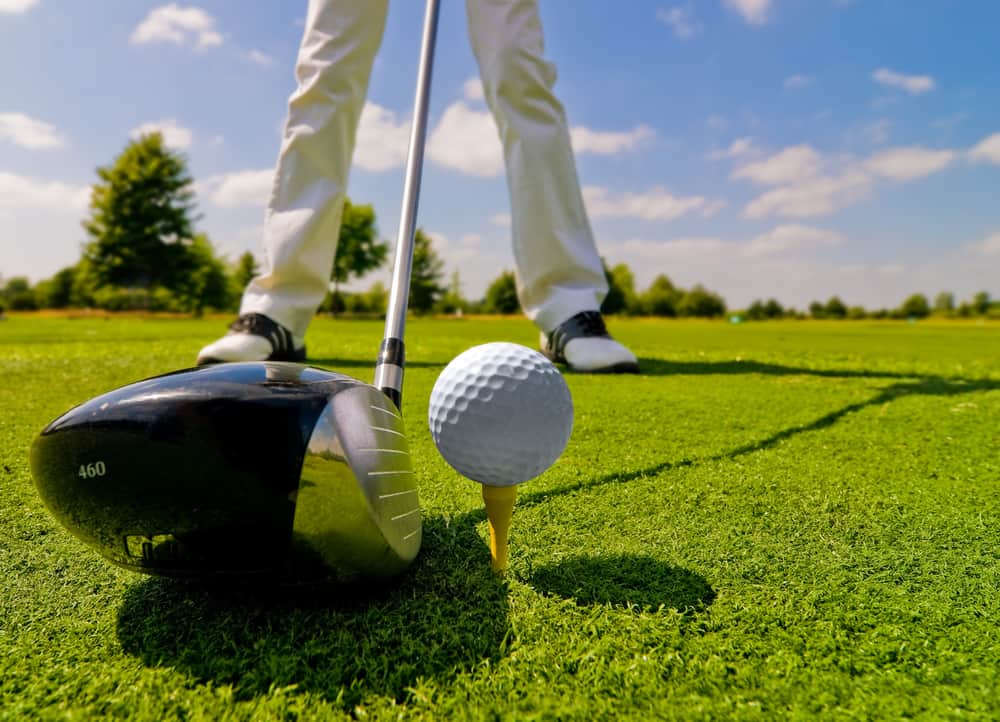
If you watch professional golfers play, you will see that they spend quite a bit of time on their setup.
The setup is essential because it allows players the ability to get into the proper position before taking the club back.
We all know that hitting a driver solidly is difficult.
We can see that, if something is even just slightly off, it will likely cause a player to miss the shot a good bit.
Making sure you properly address the golf ball with a driver is essential to hitting a great shot.
Unfortunately, like most things in golf, addressing the ball with a driver can get a bit complicated.
There are several factors involved, and they all have to be correct before the address position will be perfect.
How to Address a Golf Ball With a Driver
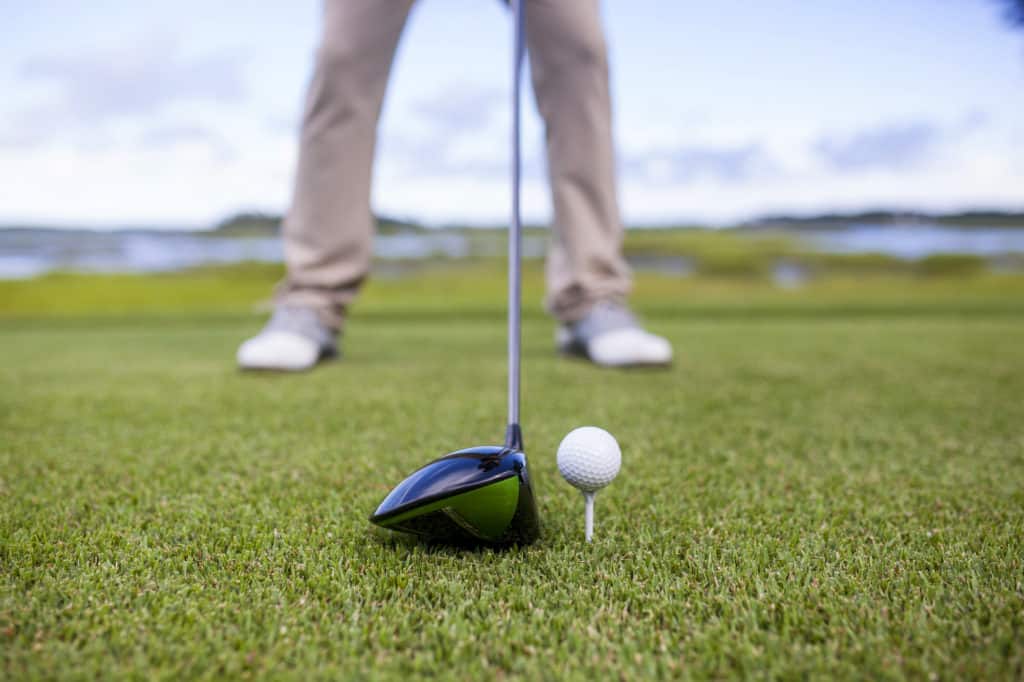
There are six main factors to consider when you are trying to address a golf driver properly.
Each of these has to be perfect so that you can eventually move on to hitting the golf ball.
1. Tee Height
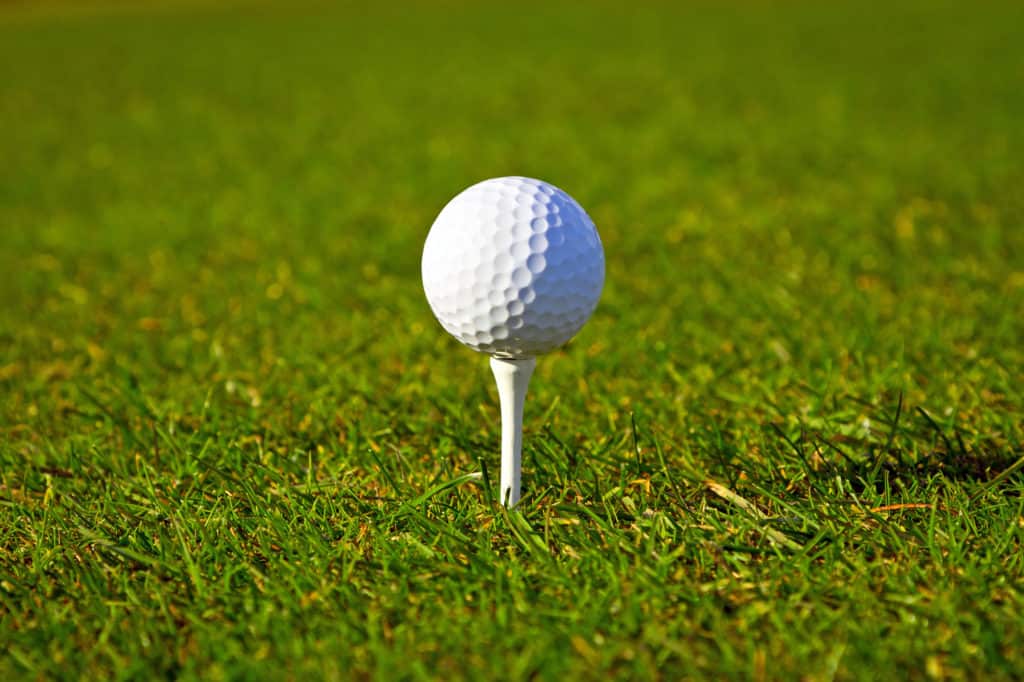
With a driver, the ball is going to need to be teed high.
If the ball is teed too low, you will miss the sweet spot on the club.
When you don’t line the ball up properly with the sweet spot, it could end up costing you many yards.
Many golfers are afraid to tee the ball too high for fear that they may take the driver and hit directly under the ball.
These pop-up types of drives are not only embarrassing, but they can also cause some damage to the top of your club head.
The tee height should be such that about half of the golf ball is above the face of the driver, and half of the ball is below the face of the driver.
With the larger 460cc drivers that are on the market today, you will find that you will need quite a long tee to get the proper height.
Don’t be afraid to tee it high when you are hitting a driver.
With the fairway woods, hybrids, and irons off the tee, it is undoubtedly acceptable to lower the tee height considerably.
2. Club Face Position
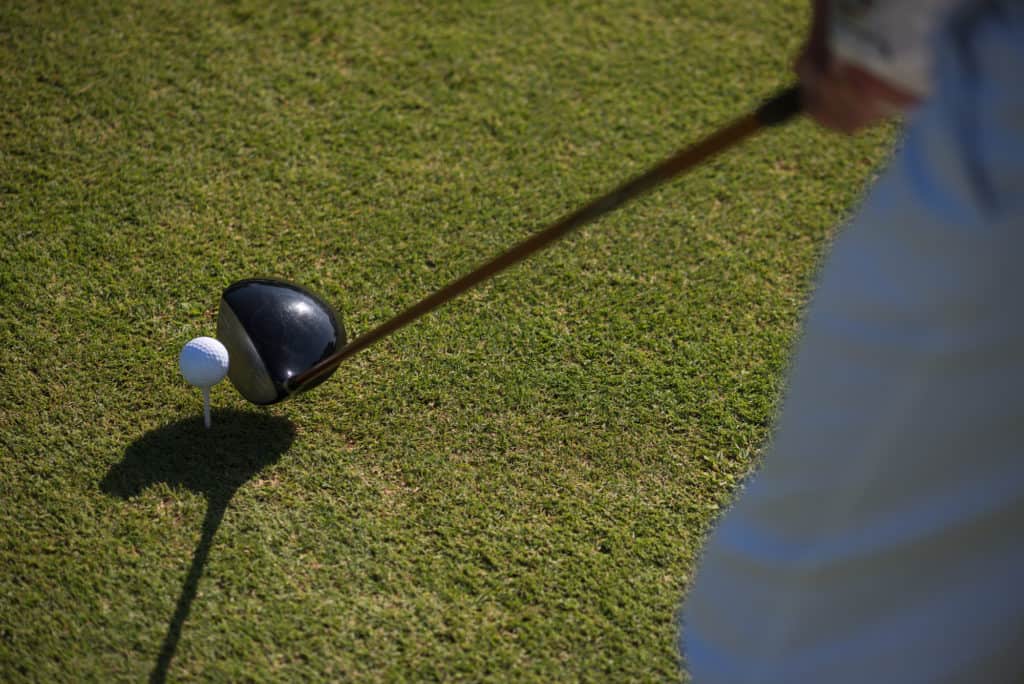
Not all drivers are created equal.
Some golf drivers are going to have an offset club head, and others will be more draw-biased.
Regardless of the type of face your driver has, you will need to make sure that the club face is sitting square.
If you don’t know what square looks like on a driver, you can use a door jamb or a wall to help you.
Put your driver face up at a 90-degree angle and let it sit flat on the ground.
When it is flat against the wall, this is going to be a square position.
Don’t manipulate the face to get it to square.
Simply set it on the ground flat and see how it looks.
Some of these faces are going to sit slightly open, and others will sit slightly closed.
That is fine, but you just need to understand what square looks like for your particular club.
3. Grip Pressure
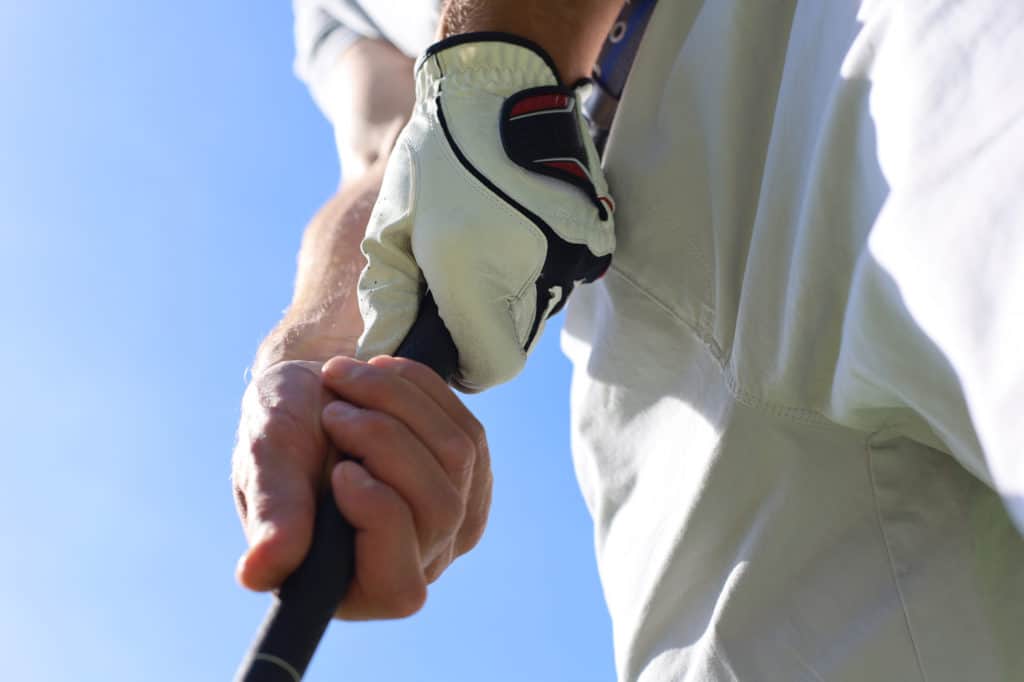
The grip pressure on your driver should be enough to keep the club in your hands but not so much that you are squeezing it to death.
When you hold a golf club too tightly, you will not be able to release it as you move through the impact position.
Not being able to release the club makes things more difficult when trying to hit the ball straight.
The lighter grip pressure is ideal when you can manage it.
To achieve lighter grip pressure, make sure you relax any tension you may have in your arms.
Also, ensure that the grip on your driver is in good shape.
An older or slippery grip is going to make it difficult for you to be able to hit a solid shot.
Sometimes it can be a good idea to grip and then regrip the club if you are standing in the address position for too long.
Generally speaking, the longer you keep the club in your hands, the more pressure is going to accumulate in your hands.
4. Ball Position
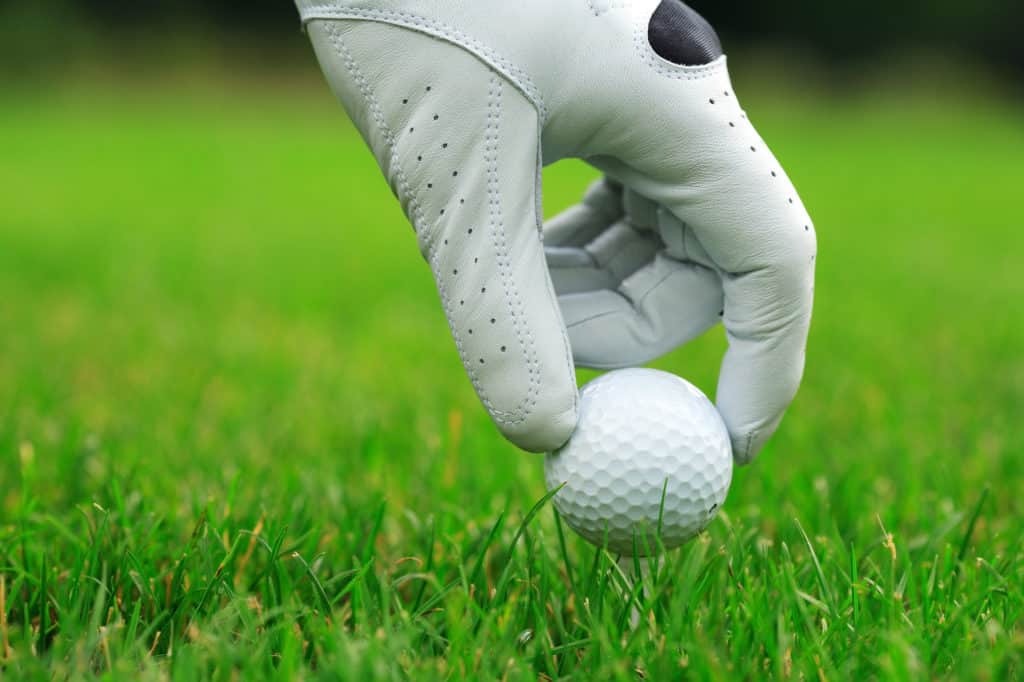
With the driver, your ball position is going to be about as far forward as it can be.
The driver is played on the inside of your right heel.
Your arms should be slightly outstretched, but you will not want to be reaching for the golf ball either.
The ball position in the front of your stance allows you to swing through the ball and hit the driver on the upswing.
Hitting the driver on the upswing will make things much easier on you as this is the way a driver is intended to be hit.
If you happen to hit the driver as part of the downswing, you will create an extra spin on your shot.
Chances are this spin is going to turn into a slice or a hook at some point as well.
All other clubs in the bag are going to be hit on the downswing.
Sometimes a fairway wood will be on the border between down and up, but it is still not as far up in the stance as the driver.
This is partly what makes hitting a driver unique and causes some struggles for some players.
The easiest way to get the proper ball position is to stand with your feet together in front of the ball.
Then step your right foot back but leave your left foot in place.
This helps to make sure that the ball is lined up with the front foot and ready for you to attack.
5. Weight Distribution
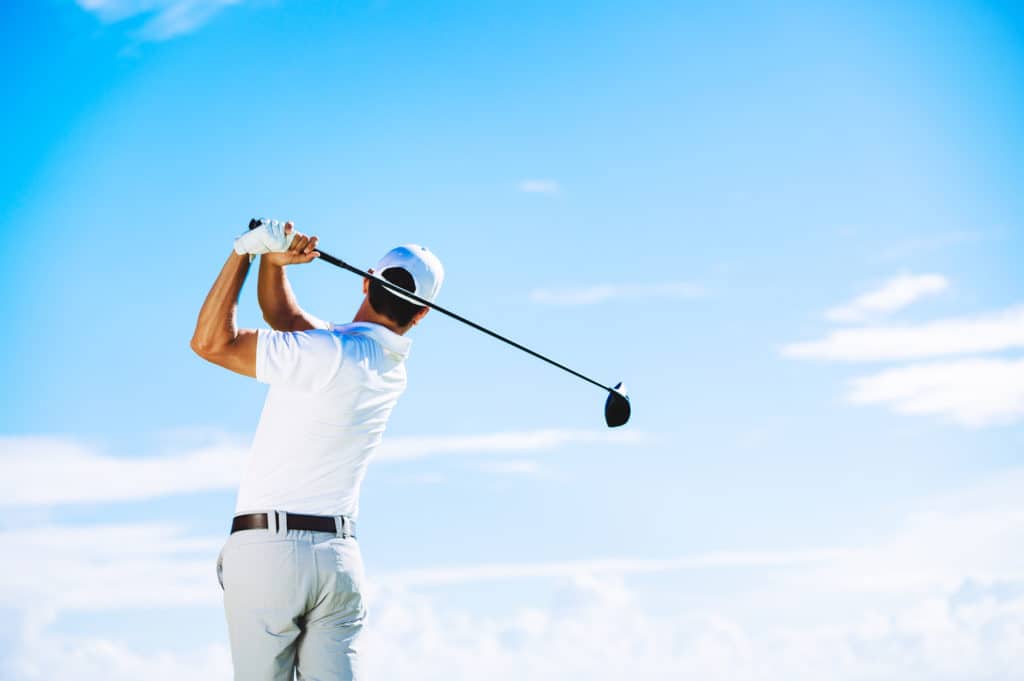
During the golf swing, there is quite a bit of weight transfer that occurs.
As a golfer swings back, the weight is going to transfer from the center to the right side and eventually end up on the left side.
This weight transfer is important because it is a major reason golfers can get power in their swings.
Since a driver is going to require a bit more weight transfer than other swings, it makes sense to start with a bit more weight on the right side.
This way, the weight is already favoring this side, and as you swing back, you can make more of it transfer that way.
Your weight distribution is essential.
If you have too much weight on your left foot when you start the swing, you will make more work for yourself and probably not complete your turn.
Another important factor to consider about weight distribution is that it is not just the position of the weight between your two feet but where it is on each individual foot.
Some golfers will put too much weight on the toes of their feet or on their heels.
Whenever you have the weight on the heels or the toes, it is going to cause you to be out of balance.
This lack of balance sets up a bad start for the rest of your game and could lead you to a poor shot.
One of the best ways to practice your weight distribution is to use a mirror.
A mirror can offer very good insight as to where you stand and how you can improve.
6. Head Position/Shoulder Tilt
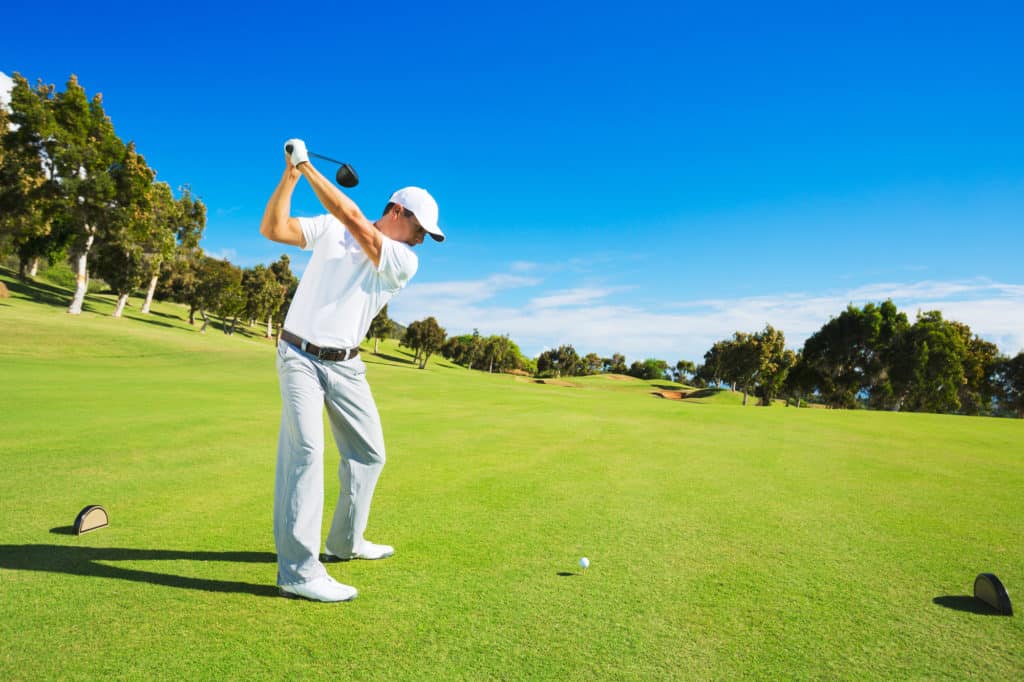
Last but certainly not least is the head position and shoulder tilt.
There are a lot of different factors here and lots more right than wrong, but there are a few good tips and takeaways you can get from this.
Your head should be positioned slightly behind the ball.
This is going to help with that transition in the backswing, and it should help you keep your head behind the ball at impact as well.
For a strong impact position, it helps to have your head behind the ball.
When you do this, you may notice a little shoulder tilt, meaning your left shoulder will be slightly higher than your right, and this is entirely acceptable.
The head position and shoulder tilt are going to vary a bit based on the physical abilities of the golfer as well.
One important thing to remember about the head is that you don’t want to be holding it down, forcing yourself to look down at the ball.
Keeping your eye on the ball as you make contact is great but don’t think about keeping your head down.
If your force your head down too much, it can bring your weight to your toes and cause you to get off balance.
How Far Apart Should My Feet Be When Hitting a Driver?
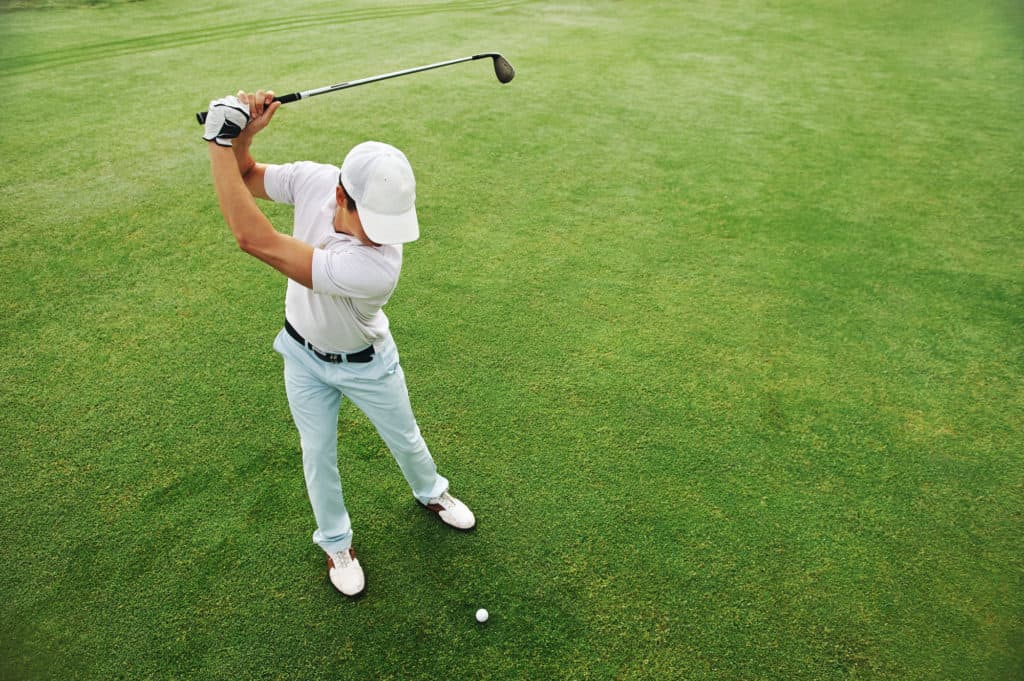
When you hit a driver, your feet should be a bit more than shoulder width apart.
However, this distance is going to change depending on your physical stature and your ability to turn and move through the ball.
There is really no exact width on the address position for a driver.
Instead, you will need to experiment with this to find the perfect position.
We can say that you will want to be more widespread than you would be with an iron or a wedge in your hand.
This larger width will give you the stability you need to hit balls without losing your balance.
Conclusion
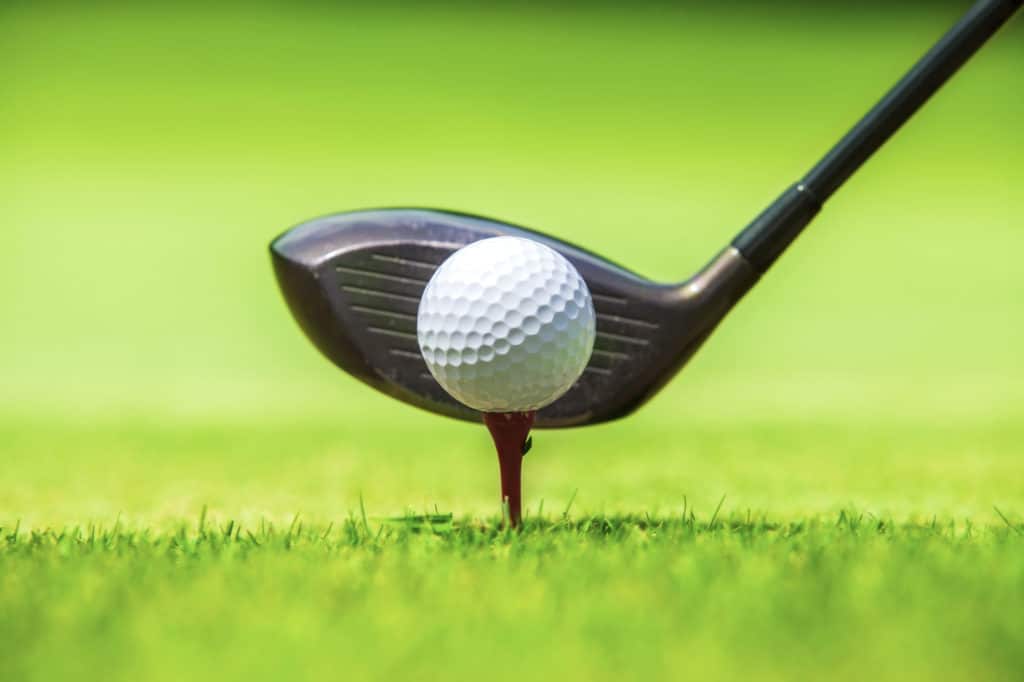
Now that you have all the steps, you will need to put them together and get yourself into a perfect address position.
This address position will be a very important base for your swing, and in fact, if you don’t have the address right, you may not want to swing the club back.
We highly recommend that you practice your setup and work on it just as you would work on fixing a slice.
Getting into the proper address position is not going to be natural, so you will need to make it more natural by practicing.
A great way to practice your address is to use a mirror.
Part of why golf is so hard is that you can’t always see what you are doing.
If you incorporate a mirror into play, you should have a better view of what is going on in your swing.
Keep in mind that the more time you spend practicing the address, the more natural it will become.
Start by ensuring the positioning of the hands and feet are perfect.
When those are in place, you can then move on to the weight distribution.
Having your weight distributed properly will help you have the proper start to the turn back.
Overall, when you work on the address position with a driver, you are trying to get yourself into a position where the results of your swing will be much better.
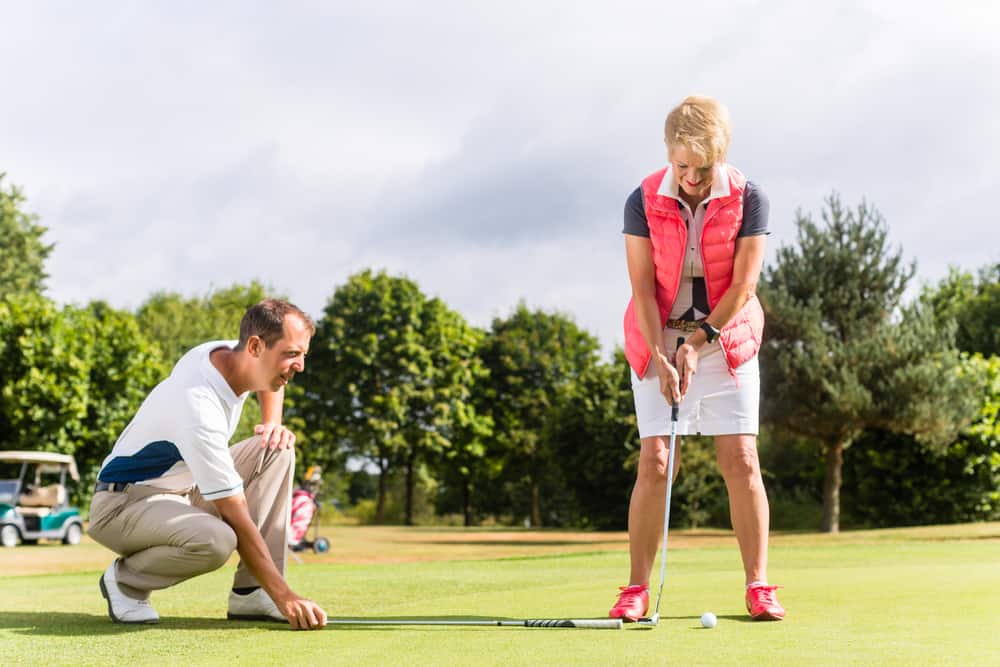
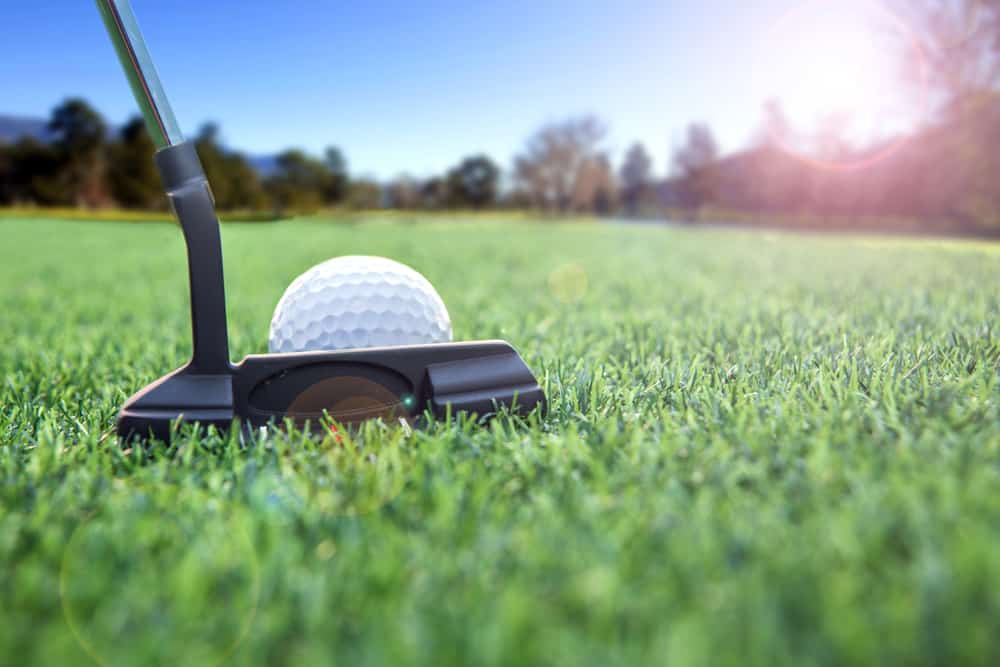
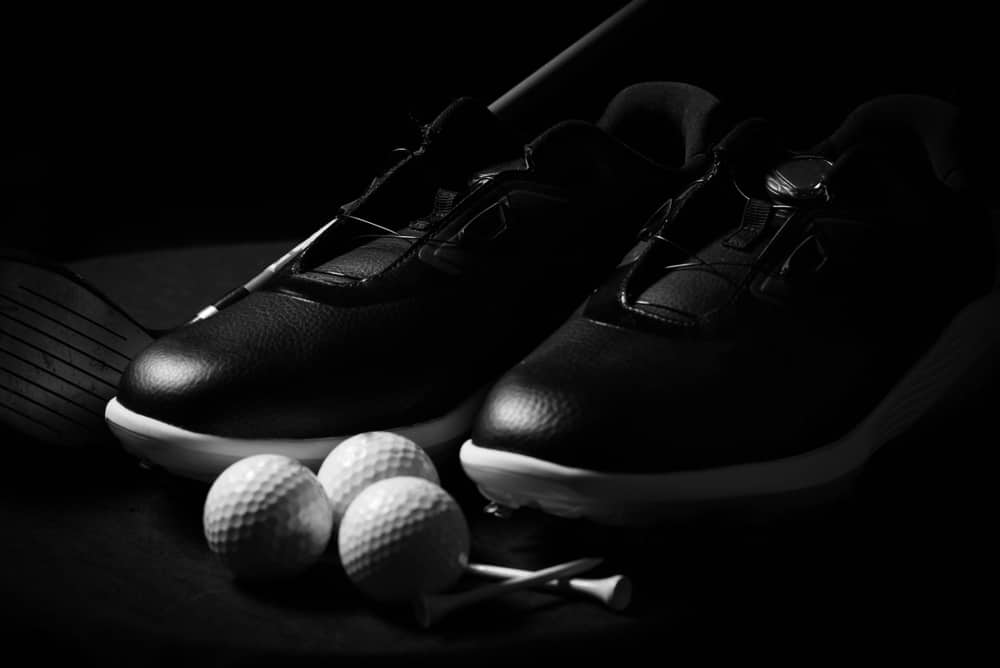
Leave a Reply